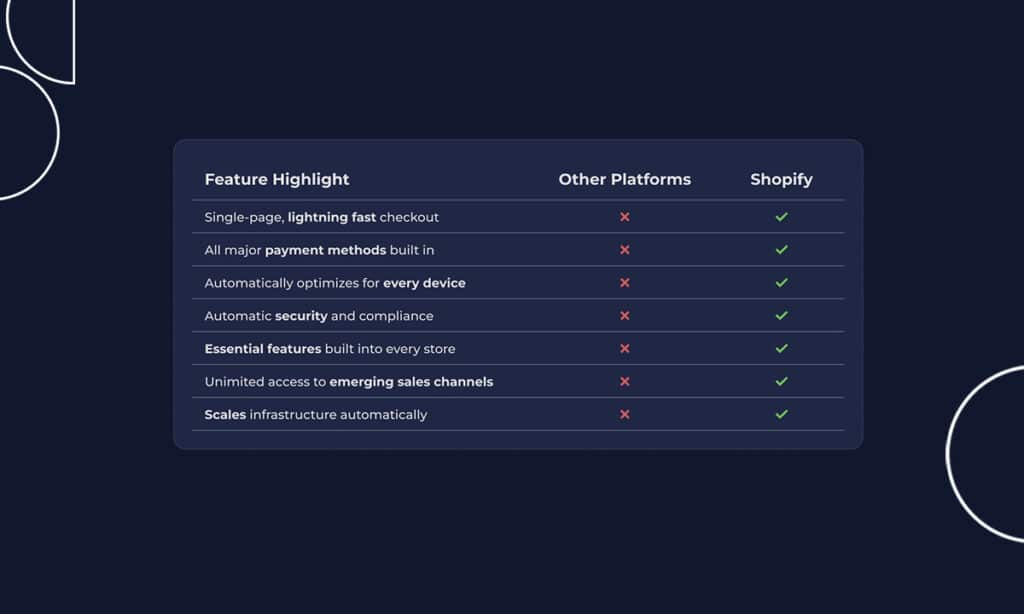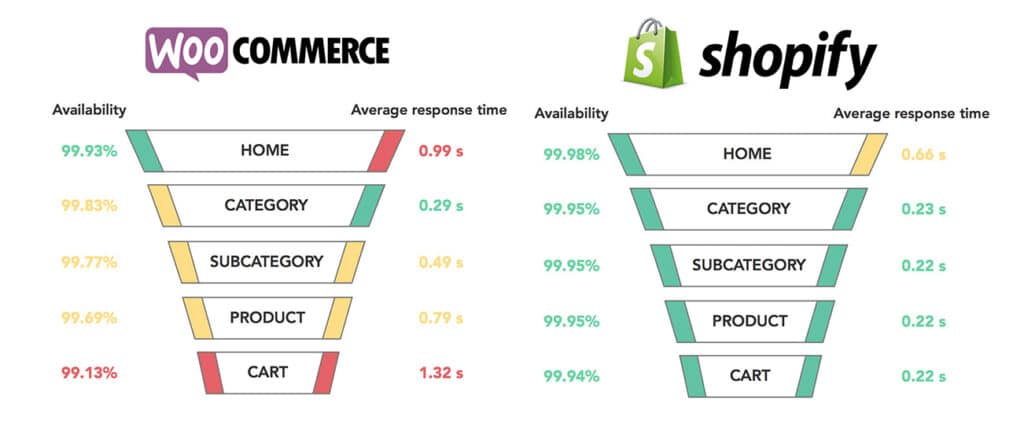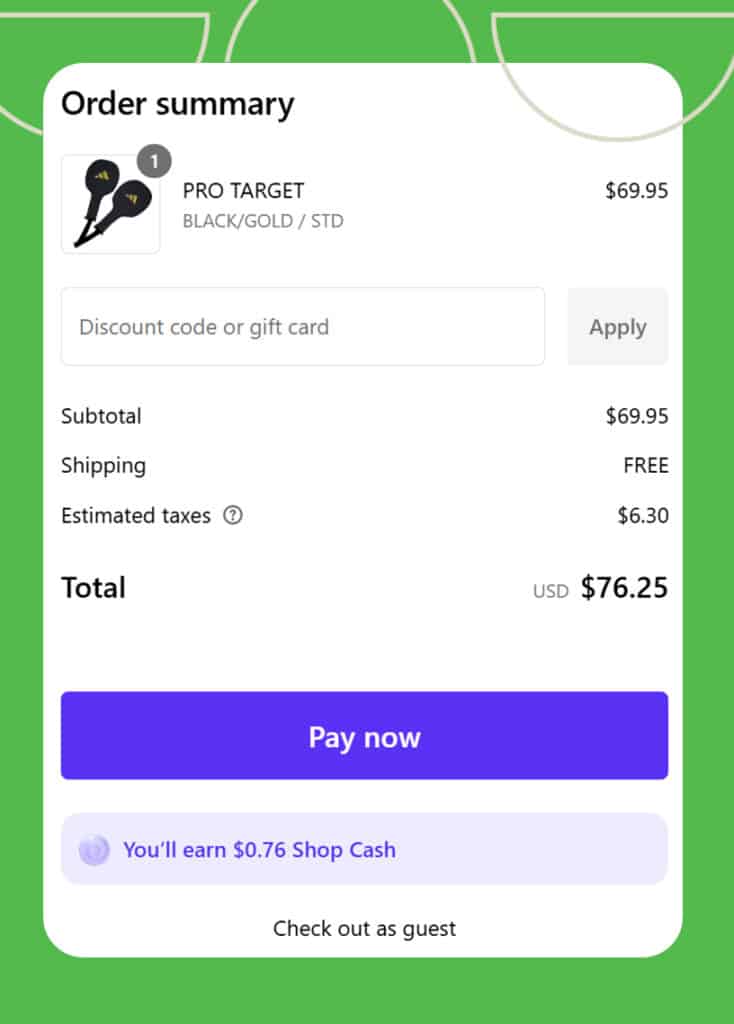Every growing ecommerce brand hits a tipping point where their platform either propels them forward or drags them down. WooCommerce might have been a great starting point, but what got you to where you are today may not get you to the next milestone.
It may be time to explore Shopify—a platform built for scalability and smooth operations.
In this article, we’ll cover five unmistakable red flags that suggest it’s time to make the move.

1. Slow Site Speed Is Frustrating Customers
Imagine a customer visiting your store, excited to shop. But instead of seamless browsing, they’re stuck staring at a loading screen. WooCommerce often struggles with site speed due to reliance on hosting providers and plugins. This not only frustrates shoppers but also drives them away—leading to lost revenue.
Shopify, with its global CDN powered by Cloudflare, ensures lightning-fast performance, regardless of traffic spikes or customer location.

Funnel graphic credit to litextension.com
For more on improving site speed, check out our article: Top Ecommerce Website Trends to Watch in 2024
2. Plugin Overload is Wasting Your Time
WooCommerce is a plugin powerhouse, but with great flexibility comes great frustration. Managing updates, fixing conflicts, and navigating plugin incompatibilities can feel like a full-time job. Shopify eliminates this headache by integrating essential features right out of the box.
If your team spends more time troubleshooting than innovating, Shopify’s streamlined ecosystem is your answer.
3. Mobile Shopping is Falling Flat
Over 70% of online shopping happens on mobile, yet WooCommerce requires extensive customization to optimize the mobile experience. Shopify’s mobile-first approach ensures a seamless journey from browsing to checkout.
If you’re seeing high bounce rates on mobile, the platform may be part of the problem.

Shopify’s mobile checkout is extremely streamlined, leading to a frictionless experience for users
Read more about optimizing your customer experience in: A Guide to A/B Tests. How Implementing A/B Tests Can Accelerate Your Ecommerce Sales
4. Scaling Feels Like an Uphill Battle
As your store grows, so do your needs. WooCommerce often struggles to scale efficiently, requiring costly development for tasks like international expansion or handling high order volumes. Shopify’s infrastructure, from multi-currency support to automatic scaling, is built for businesses on the rise.
If growth feels like more work than reward, Shopify can lighten the load.
5. Security Concerns are Keeping You Up at Night
WooCommerce’s open-source nature puts the burden of security on your shoulders. Shopify, however, handles PCI compliance, fraud prevention, and updates automatically, letting you focus on what matters most—growing your business.
Ready for the Next Step?
If any of these red flags sound familiar, it’s time to take action. Shopify offers a robust, scalable platform that grows with your business. Want to know how to make the switch seamless? Download Our WooCommerce to Shopify Migration Guide for a step-by-step roadmap to success.

Download the Shopify Migration Guide.
We’ve created a comprehensive guide on migrating your website to Shopify.
Our guide can help you understand the benefits of migrating to Shopify, and how it will impact your business.
Complete the form to get the full guide now.


